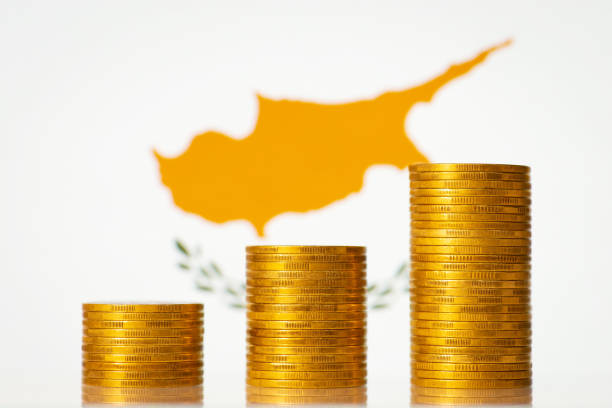
The internet has given rise to a hidden subculture that revolves around the creation of create fake online bank account. Behind the façade of legitimacy lies a realm of secrecy, intrigue, and controversy. In this article, we delve deep into the techniques, motivations, and risks associated with this subculture, unmasking the truth behind the virtual veneer.
The Allure of Faux Finances
In a world where financial transactions have largely migrated online, the allure of crafting fake bank accounts has gained traction. The motivations vary from pranksters seeking to fool their friends to individuals attempting to maintain privacy in an increasingly transparent digital landscape. These counterfeit accounts are not just about money; they are about power, deception, and curiosity.
The Intricate Techniques: create fake online bank account
Creating a convincing create fake online bank account demands a careful blend of digital skills and an understanding of financial systems. Online tutorials and forums serve as breeding grounds for the exchange of techniques, with members sharing insights on how to manipulate transaction histories, generate counterfeit statements, and forge account details.
Read it: Effortless Financial Management: How a Bank Statement Creator Simplifies Your Life
Techniques Explored:
- Transaction Manipulation: Altering transaction dates and amounts to create a plausible financial history.
- Statement Forgery: Crafting fake bank statements with authentic designs to deceive casual observers.
- Virtual Identity Concealment: Masking IP addresses and utilizing VPNs to avoid detection.
The Legal and Ethical Gray Zone: create fake online bank account
The subculture of create fake online bank account exists within a legal and ethical gray zone. While some may argue that it’s a harmless prank, others view it as a breach of trust and a potential gateway to more serious cybercrimes. The legality varies by jurisdiction, with some countries explicitly criminalizing such actions.
Legal Implications:
- Fraud Charges: In cases of intent to deceive or financial gain, legal charges of fraud could be pressed.
- Privacy Violations: Accessing someone’s financial information without consent may lead to legal consequences.
Unveiling the Risks: create fake online bank account
Engaging in create fake online bank account is not without risks. The trail of digital breadcrumbs can lead back to the creator, leaving them vulnerable to legal action or retaliation. Additionally, as financial institutions enhance their cybersecurity measures, the odds of getting caught increase.
The Cat-and-Mouse Game
As financial institutions evolve their security protocols, creators of counterfeit bank accounts must adapt. This has led to a cat-and-mouse game, with hackers continuously devising new tactics and banks enhancing their defense mechanisms.
Read it: What is Bank Statement Editing?
Conclusion
The subculture of create fake online bank accounts is a complex and multifaceted realm. It embodies the duality of the digital age – where innovation meets deception, and where privacy collides with vulnerability. As technology advances, the boundaries of this subculture will continue to shift, blurring the lines between fact and fiction.
FAQs
- Is it illegal to create fake online bank accounts? Creating fake online bank accounts can be illegal, especially if it involves fraud or privacy violations. Laws vary by region.
- What are the risks of engaging in this subculture? Risks include potential legal consequences, cybersecurity retaliation, and damage to personal reputation.
- Are there legitimate reasons to simulate bank accounts? Some individuals may create simulated accounts for privacy reasons, but the legality and ethics can be complex.
- How do financial institutions combat this subculture? Banks employ advanced cybersecurity measures, including transaction pattern analysis and IP tracking, to identify and prevent fake accounts.
- Can fake bank accounts be traced back to their creators? Yes, skilled investigators can often trace fake bank accounts back to their creators through digital footprints and transaction patterns.